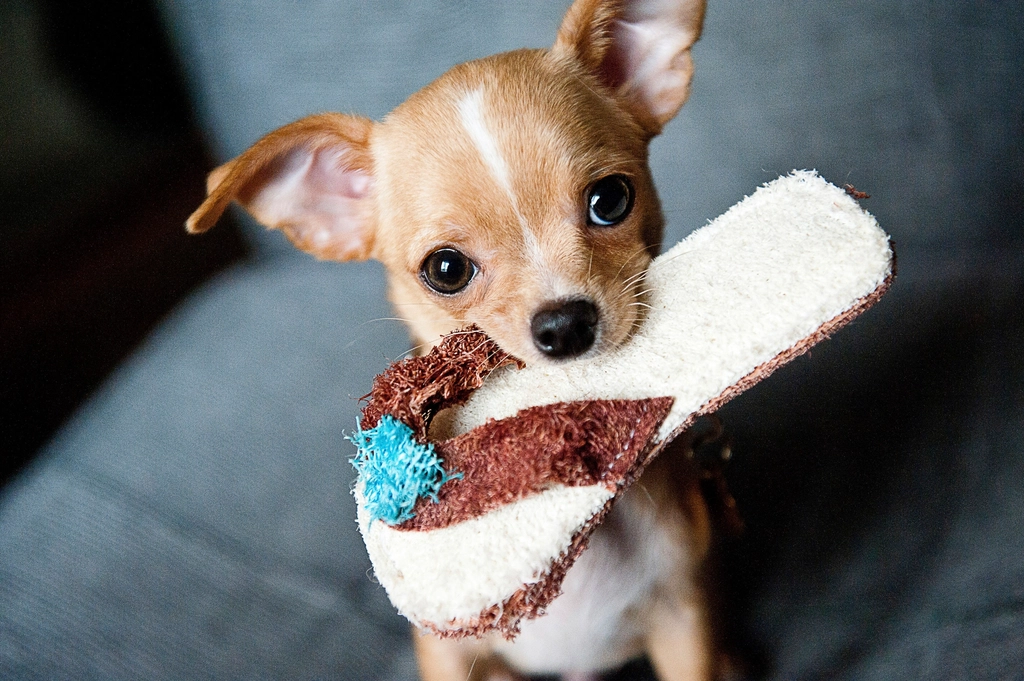Have you ever caught your dog gazing at you with those soulful eyes and wondered, “Are you really okay?” The heartbreaking truth is, many dogs suffer in silence—unseen and unheard by the humans who adore them. Imagine if your best friend was struggling but couldn’t tell you. For countless dogs, this is reality. You might think your pup is just shy, lazy, or a bit moody, but what if those little quirks are actually desperate cries for help? Let’s pull back the curtain on your dog’s hidden feelings and reveal the subtle, often-missed signs of unhappiness that every loving owner should know.
Withdrawal From Family and Favorite Activities
Dogs are naturally social creatures. They usually crave time with their humans and love joining in on walks, playtime, or just lounging on the couch. If your dog starts avoiding you, spends more time alone, or loses interest in activities that once made their tail wag, it’s time to pay attention. A once-playful pup who now hides in corners or refuses to play fetch could be signaling sadness or stress. This withdrawal isn’t just shyness—it’s their way of waving a red flag. Think of it like a friend who stops returning your calls; something deeper might be going on.
Sudden Changes in Eating Habits
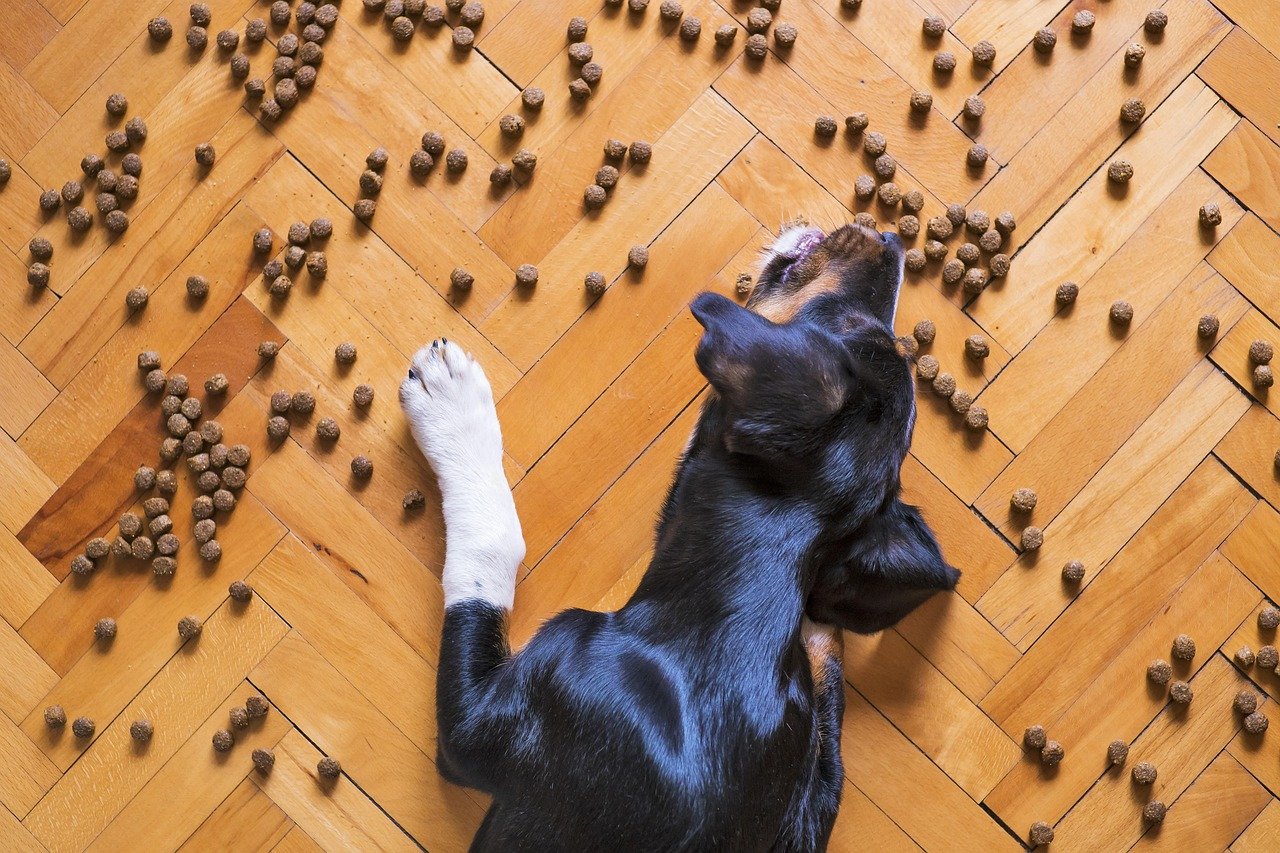
Just like people, dogs’ appetites can reflect their mood. If your dog suddenly loses interest in their food, skips meals, or even starts overeating, this could be a sign of emotional distress. Some dogs may raid the pantry out of boredom or unhappiness, while others will barely touch their favorite treat. A change in eating behavior isn’t always about physical illness; sometimes, it’s your dog’s only way of showing that something’s off on the inside.
Unusual Sleeping Patterns
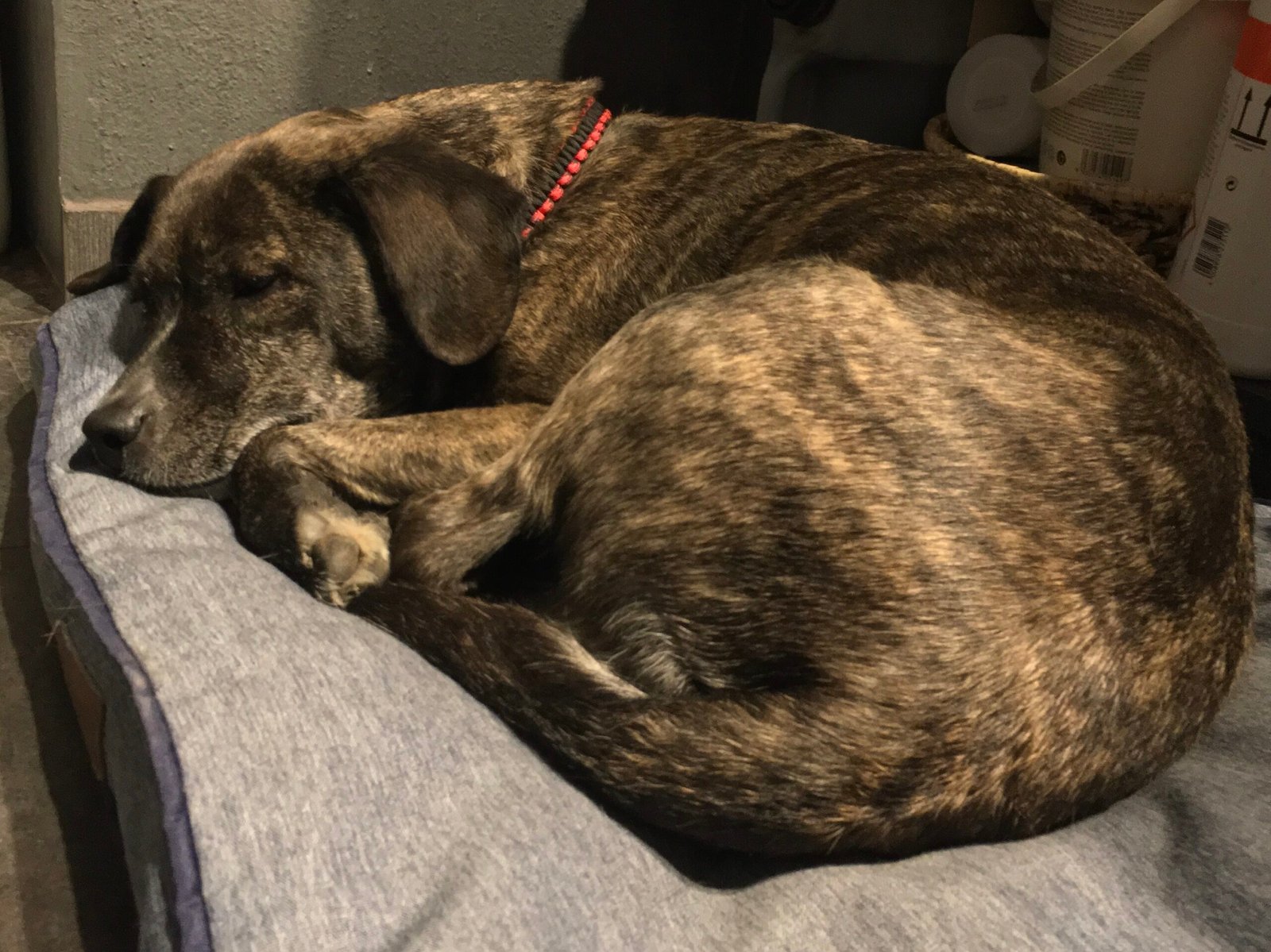
Dogs love their naps, but a dramatic shift in sleeping habits can be a silent cry for help. An unhappy dog might sleep much more than usual, curling up in isolation for hours on end. On the other hand, some may struggle to settle, pacing restlessly at night or appearing anxious when everyone else is asleep. If your dog either can’t seem to rest or seems to be sleeping life away, don’t brush it off as just a lazy day—listen to what their routine is telling you.
Excessive Licking or Chewing
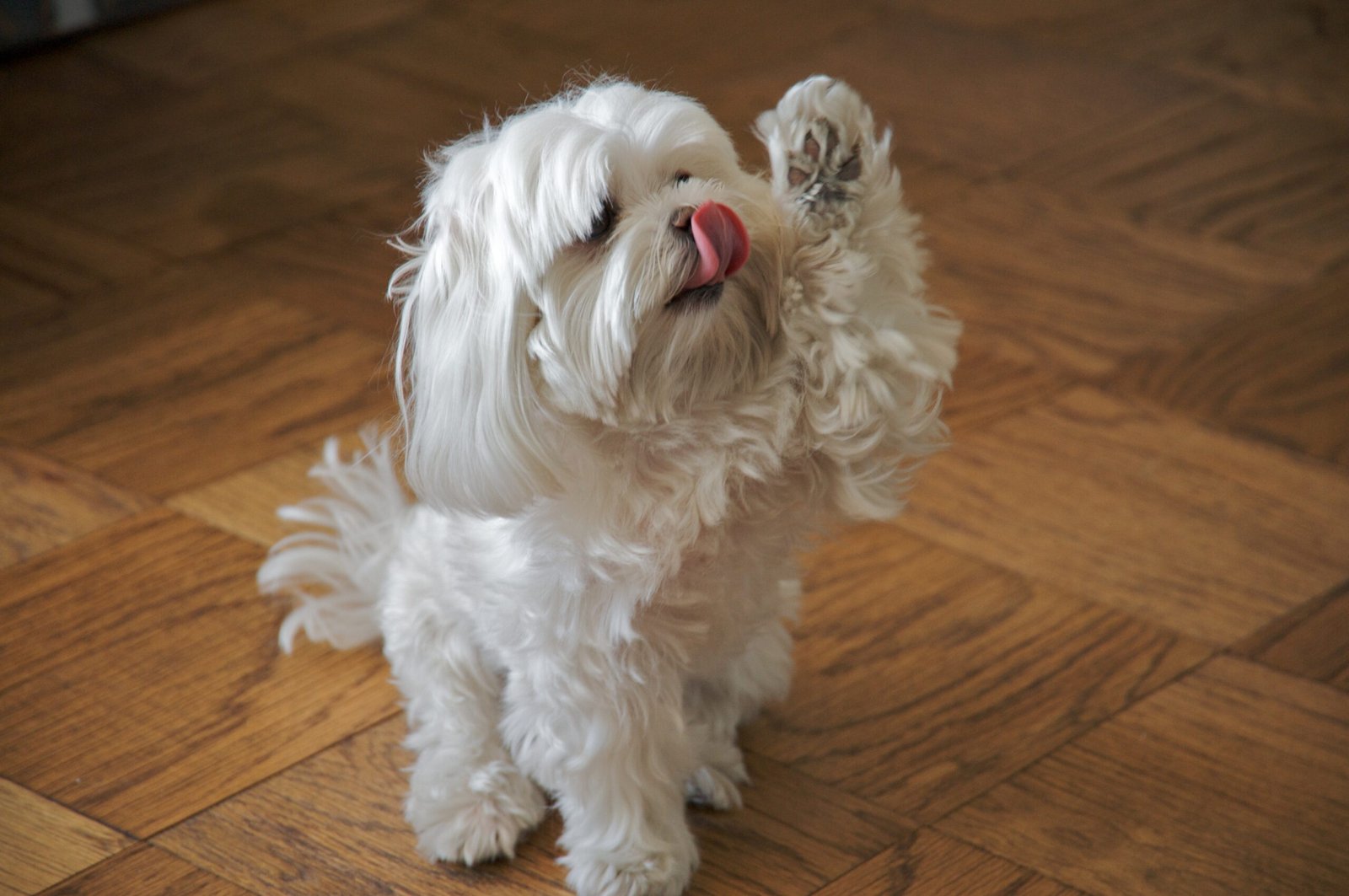
Have you noticed your dog obsessively licking their paws or chewing at their fur, even to the point of creating bald spots or sores? This isn’t just a grooming habit—it’s often a coping mechanism for stress, anxiety, or sadness. Think of it as the canine equivalent of biting your nails or twirling your hair when you’re nervous. If your pup is constantly nibbling at themselves, they may be trying to soothe feelings they can’t express out loud.
Loss of Interest in Socializing

A happy dog usually greets visitors with a wagging tail and excitement. If your dog starts to shy away from friends, family, or even canine companions, something may be wrong emotionally. This sudden aloofness can be heartbreaking to witness, especially if your dog was once the life of the party. Remember, pulling back from social interaction is often a sign that your dog feels overwhelmed, insecure, or unhappy deep down.
Uncharacteristic Aggression or Irritability
A friendly dog that suddenly begins snapping, growling, or acting out is a clear warning sign. Just as people might lash out when they’re upset or depressed, dogs can become short-tempered or even aggressive when they’re unhappy. If your gentle giant starts guarding their food, growling at strangers, or showing signs of irritability, don’t ignore it. These behaviors are rarely random; they’re your dog’s last resort to communicate distress.
Increase in Destructive Behaviors
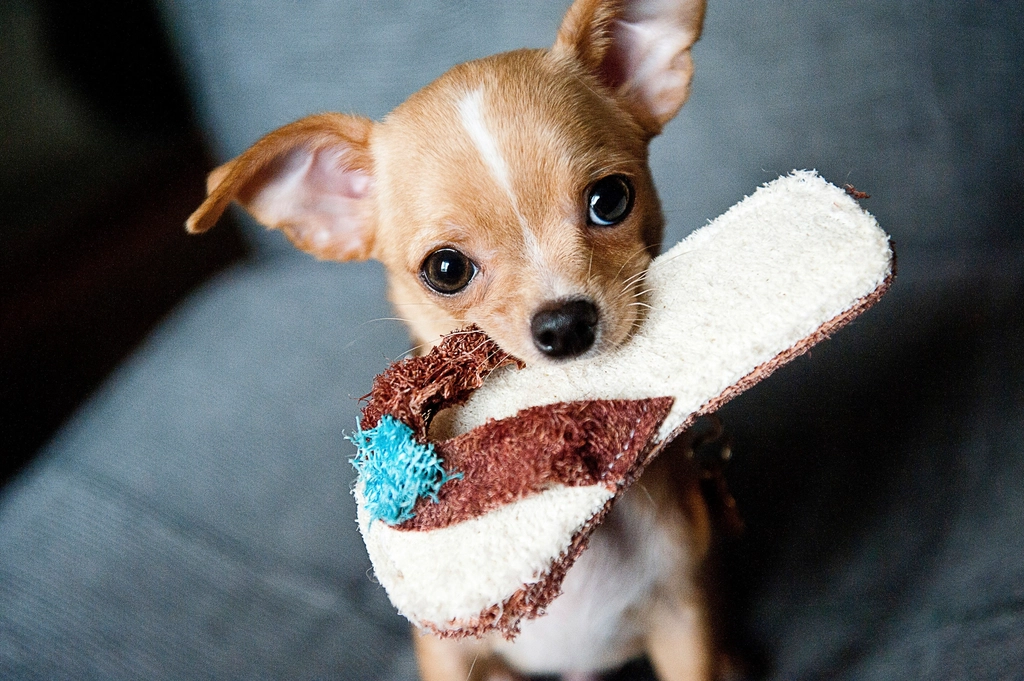
Chewed up shoes, shredded pillows, and scratched doors aren’t just signs of boredom. If your dog starts destroying things around the house, it may be a desperate attempt to cope with their emotions. Unhappiness, anxiety, and frustration can all manifest as destructive behavior. It’s their way of saying, “I need help!”—even if it comes at the expense of your favorite sneakers.
Frequent Whining, Barking, or Howling
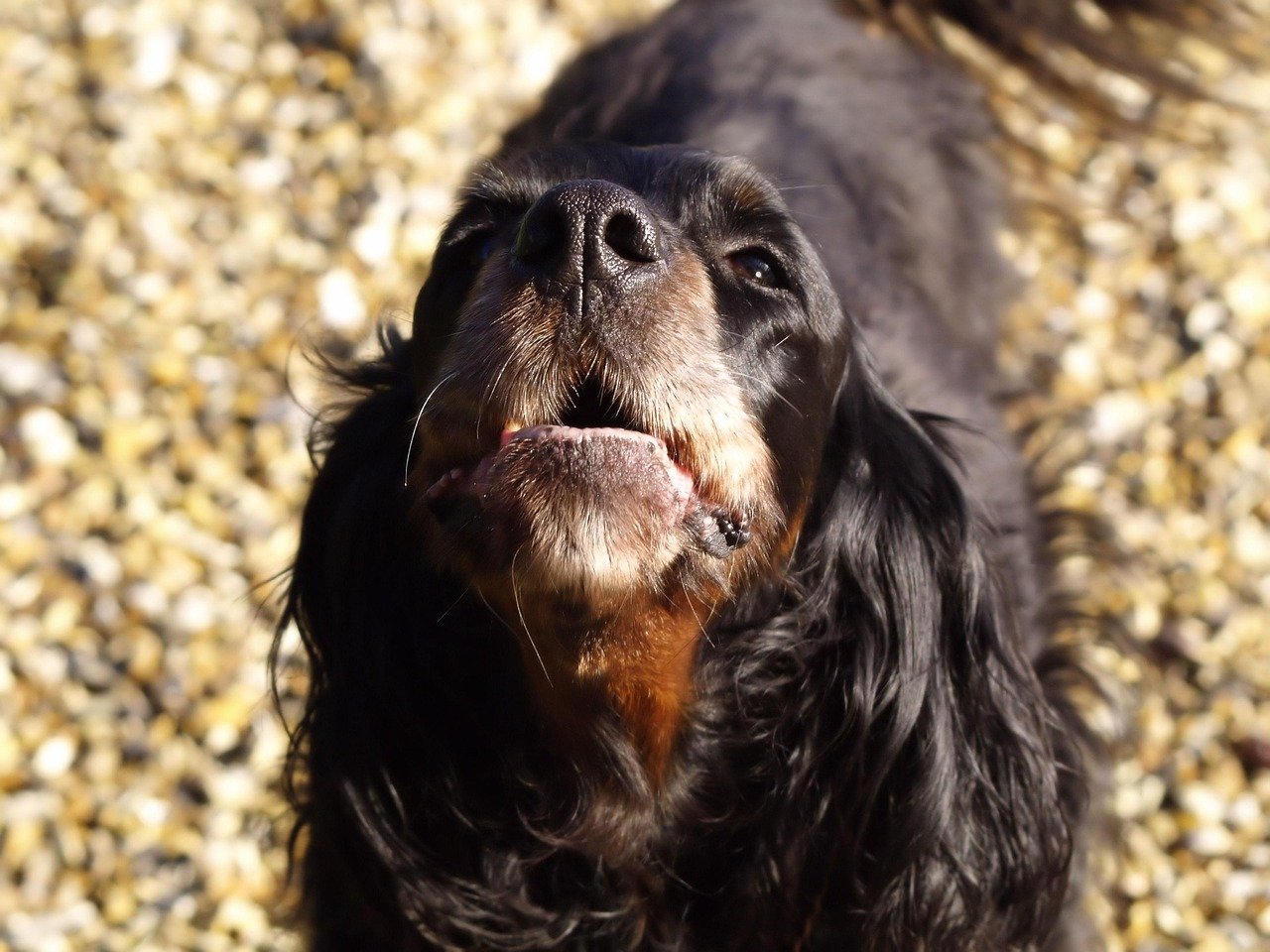
While some breeds are naturally more vocal, a noticeable uptick in whining, barking, or howling can be a sign of deep discomfort or distress. Your dog isn’t just “talking” for attention; they might be expressing loneliness, fear, or sadness. If your normally quiet pup suddenly becomes the neighborhood alarm clock, listen closely. Their voice might be the only way they can reach you.
Changes in Body Language
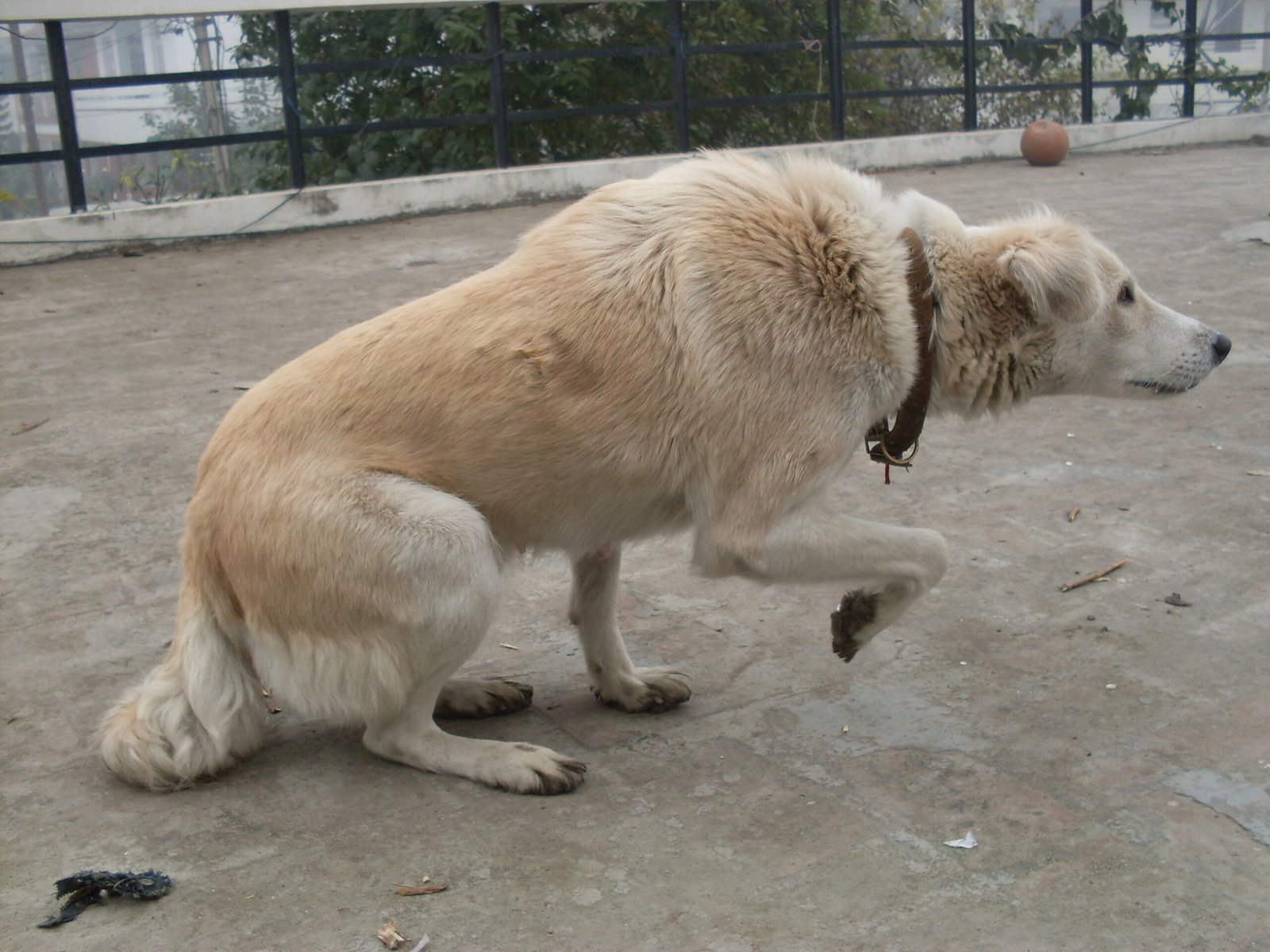
Dogs speak volumes with their bodies. Watch for tucked tails, flattened ears, or a hunched posture. These subtle shifts often reveal more than you’d think. An unhappy dog may avoid eye contact, cower, or flinch at sudden movements. Body language is their silent language, and learning to read it could be the key to understanding their emotional world.
Loss of Grooming Habits
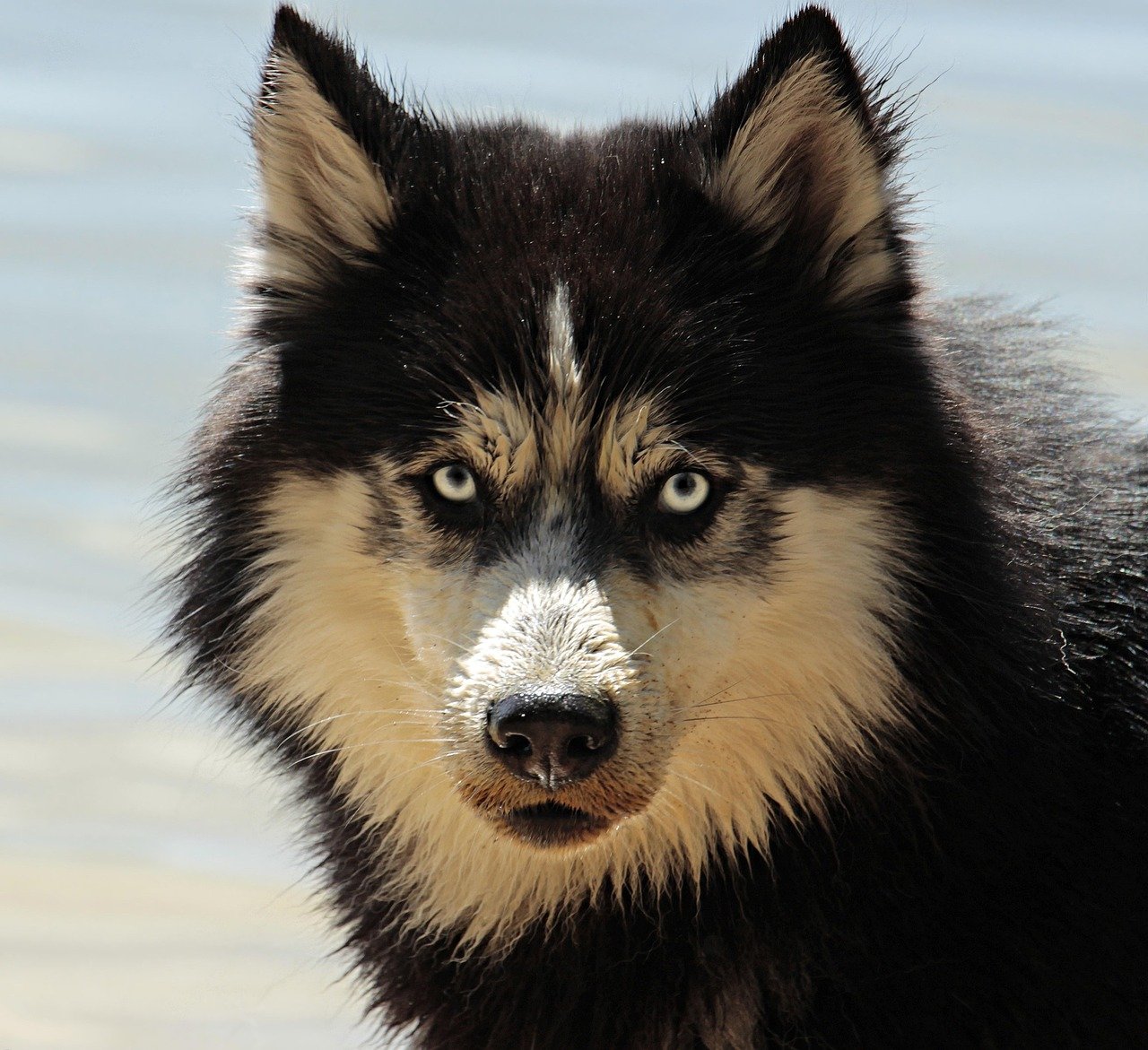
A healthy, happy dog usually keeps themselves well-groomed. If your dog starts to look disheveled, has matted fur, or seems uninterested in self-care, this could be a red flag. It’s similar to how a person might neglect personal hygiene when feeling down. When a dog “lets themselves go,” it’s a sign their spark is fading.
Over-Attachment or Clinginess
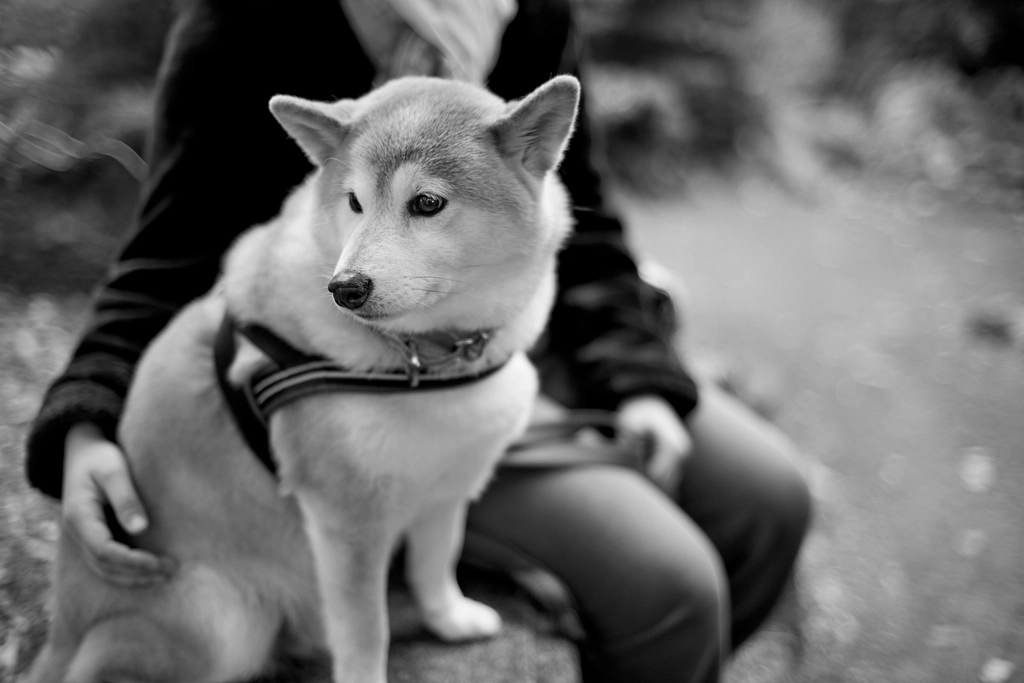
On the flip side, some unhappy dogs become overly attached. If your dog suddenly can’t let you out of their sight, follows you from room to room, or panics when you leave, they might be dealing with separation anxiety or emotional insecurity. This extreme clinginess isn’t just a sign of love—it can also be a symptom of underlying sadness or fear.
Sudden Startle Responses or Hypervigilance

An unhappy dog may become jumpy, easily startled, or overly alert to every little sound or movement. This state of constant tension is exhausting for them and can point to anxiety, depression, or trauma. If your dog seems unable to relax, it’s a sign their inner world might be in turmoil. Imagine always being on edge—your dog feels that, too.
Dogs can’t speak up when they’re feeling down, so it’s up to us to catch the subtle signs—like changes in behavior, appetite, or energy. Sometimes, what seems like “just being lazy” could actually be a cry for help. The good news? A little extra attention, routine, and vet care can go a long way in turning things around. Tune in, trust your gut, and don’t ignore the little things. A happier dog often starts with a more observant human.

Esther is from India; the heartbeat of South Asia, holding a Master’s degree in Zoology and a postgraduate diploma in Animal Welfare. Her enthusiasm for animal welfare drives her passion and dedication to working for animals, ensuring their well-being, and advocating for their rights. With a solid academic background and hands-on experience, she is committed to making a positive impact in the field of animal welfare. In her free time, she enjoys embroidery and sewing. As a Chennaite from Tamil Nadu, Esther loves Bharathanatyam, an Indian classical dance form.

